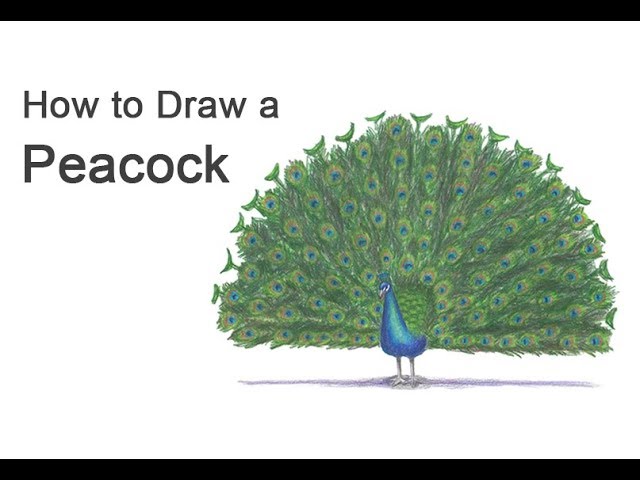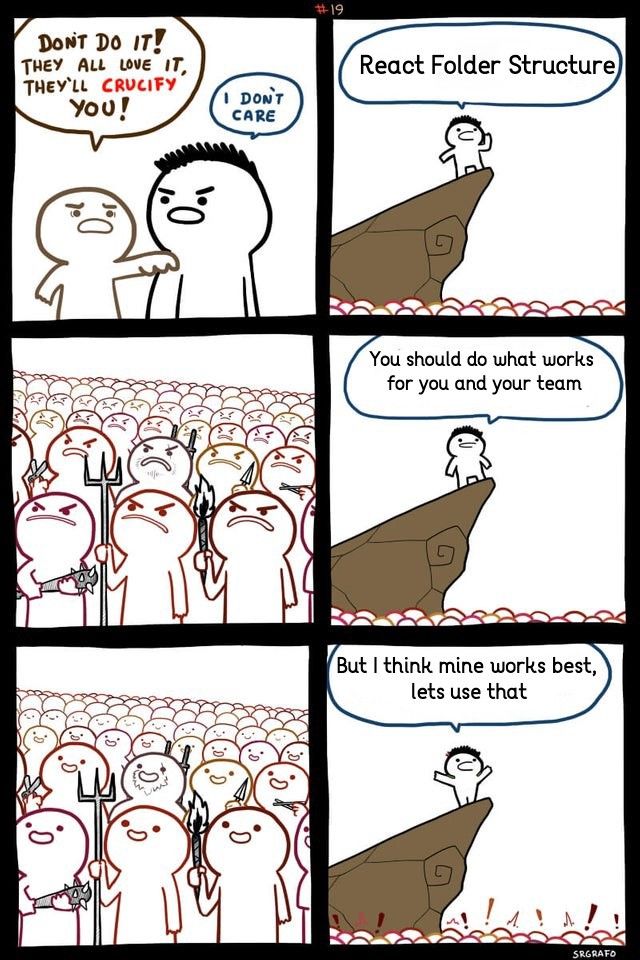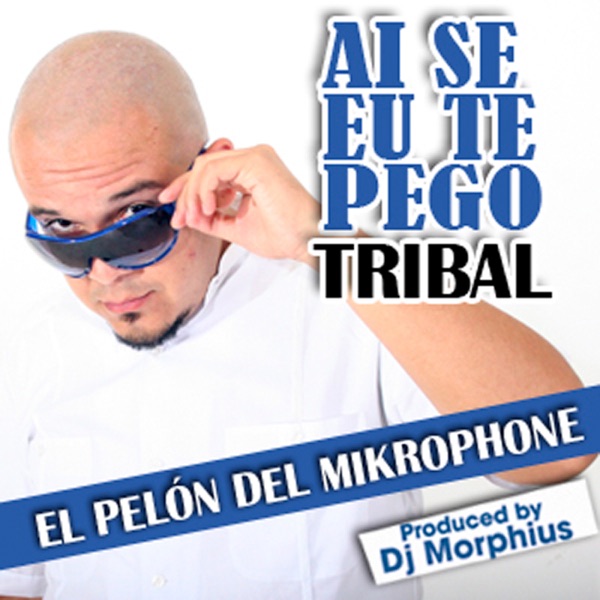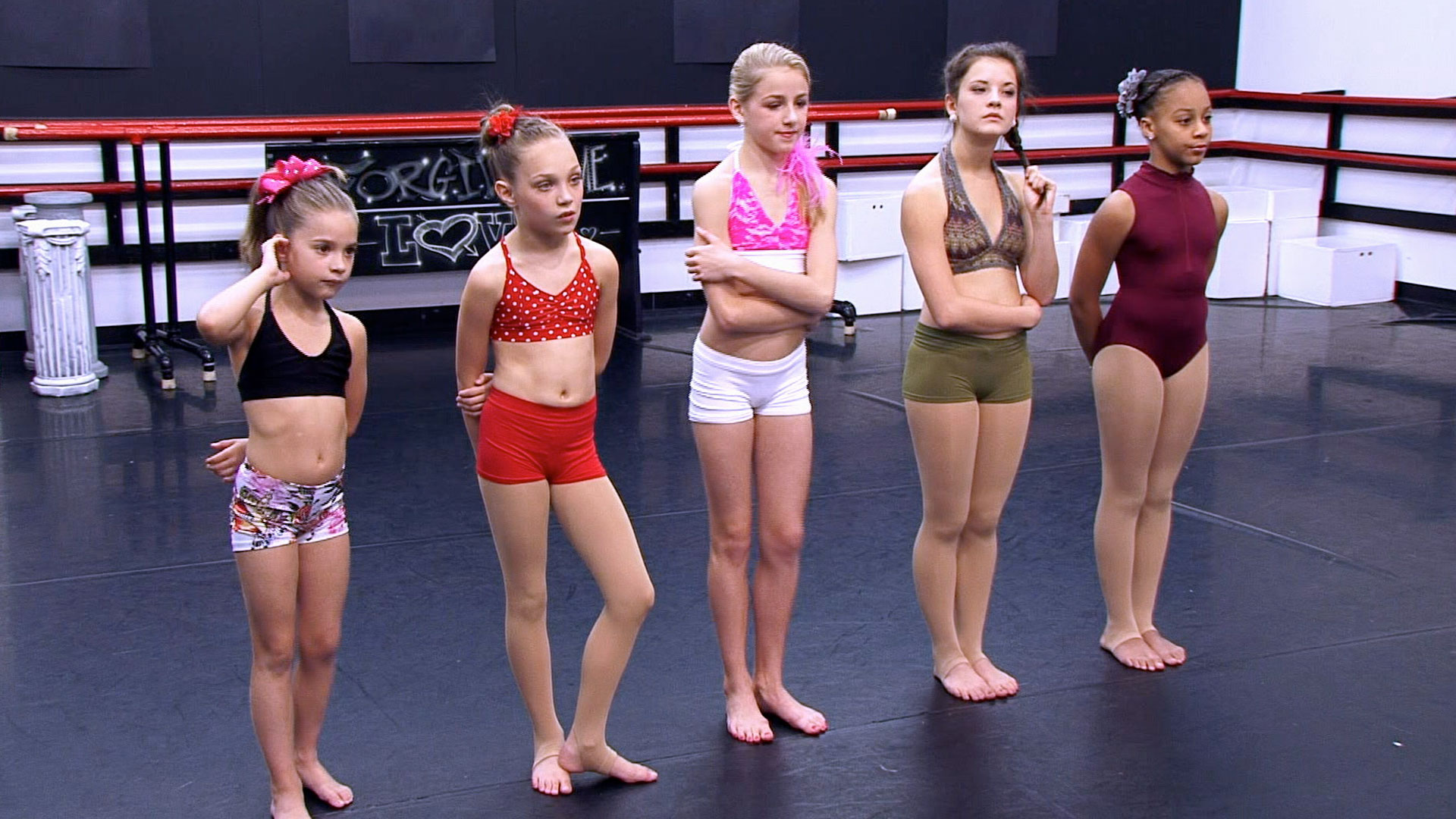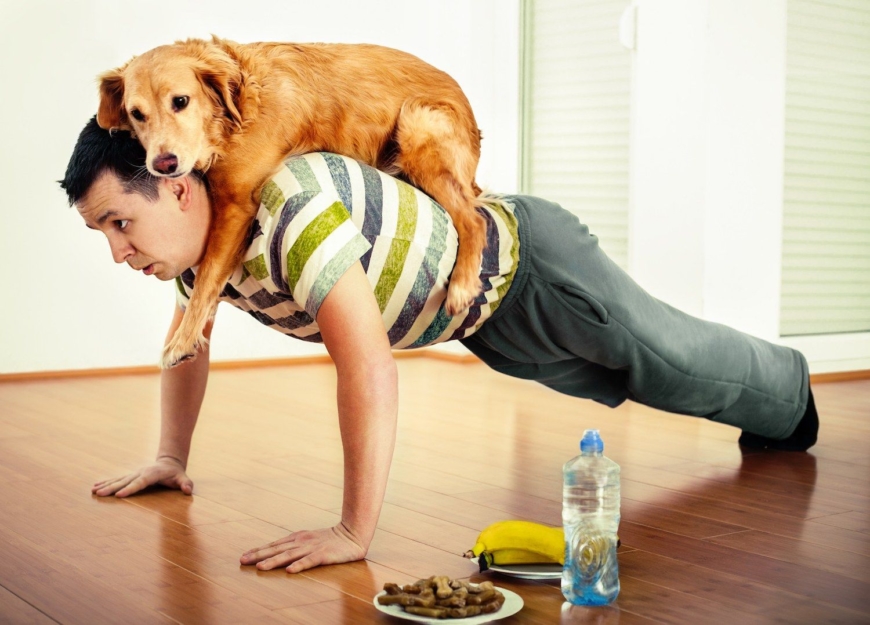How to do the peacock dance
Peacock Dance
The dance movements are usually performed in a fixed order. It starts with a peacock flying out from its nest, looking around cautiously. It roams the wild looking for food. Having had its fill, the peacock goes to the river bank to bathe and play in the water. After that, it shakes the water off, combs its feathers, and runs about enjoying the sunshine. When competing with other peacocks, it displays its beautiful tail to its rivals and to its beloved. At the end of the dance, the peacock spreads out its wings and flies joyfully into the sky.
To show a lively peacock, dancers must be very flexible as well as use a range of hand gestures and eye expressions. The knees must be especially flexible, which is a feature of Dai dance. However, dancers do not move the knees mechanically. Instead, the movements follow the performers' hearts and are in accordance with their sentiments.
Peacock dance has a repertoire of postures and steps involving arms, wrists, fingers and legs – soft movements that merge into an elegant dance style.
The hand gesture is one of the most important parts of imitating the bird. The dancer usually tucks in thumb, bends index finger, and spreads the rest into a fan shape to make the peacock's head. Their legs move swiftly. Sometimes the dancers tiptoe and sometimes they undulate, showing the agility and docility of the bird.
Percussion instruments such as the elephant-foot drum and gong accompany the dance. As with the peacock, the elephant is regarded as an auspicious animal by Dai people; the beast is sacred, diligent and brave. So, they make drums of various sizes out of mango or ceiba trunks and cover them with cowhide. The drums look exactly the same as an elephant leg.
Each gender has its own tempo. For instance, the drumbeat for a peahen is usually slow and light whereas it is rather quick for a peachick. Hence, the drumbeat is not just accompaniment, but helps tell the story, indicate the sentiments and, at the same time, express the performers' feelings.
The Peacock dance is performed by one dancer or a group of two or three. Traditionally, only men were allowed to perform. Dancers wore costumes that included golden headwear, a big mask and heavy wings. But these costumes restrained the performers' movements. In modern times females are allowed to dance, so heavy stage costumes have been replaced by gorgeous dresses decorated with peacock feathers. Female dancers showing peacock beauty to greater advantage are well received by the public.
In Yunnan, a Peacock dance is performed on almost all festive occasions, especially during Water-splashing Festival and Buddhist rituals. Water-splashing Festival is the New Year of the Dai ethnic group and is held on the 24th to 26th of the six month in Dai calendar (April in the Gregorian calendar). It is the most important Dai festival. People express their best wishes to each other by splashing water, which gets rid of evil spirits and bad luck. They hold a dragon boat race and set fireworks off to petition for a good harvest in the coming year. During the Water-splashing Festival, young people perform the Peacock dance joyfully. Young men and women throw embroidered purses they have hand-crafted themselves to their chosen beloved.
They hold a dragon boat race and set fireworks off to petition for a good harvest in the coming year. During the Water-splashing Festival, young people perform the Peacock dance joyfully. Young men and women throw embroidered purses they have hand-crafted themselves to their chosen beloved.
In 2006, the Peacock dance was listed as a national intangible cultural heritage. Renowned dancers such as Dao Meilan, Yang Liping and Yue Xiang have brought the dance to the global stage. Born and raised in Yunnan, these outstanding dancers are inspired by their beautiful landscape and abiding affection for nature and life.
|
|
| Dao Meilan introduced elements of other ethnic dances into the native Dai choreography. Cnsphoto |
Peacock Dance
To show a lively peacock, dancers must be very flexible as well as use a range of hand gestures and eye expressions.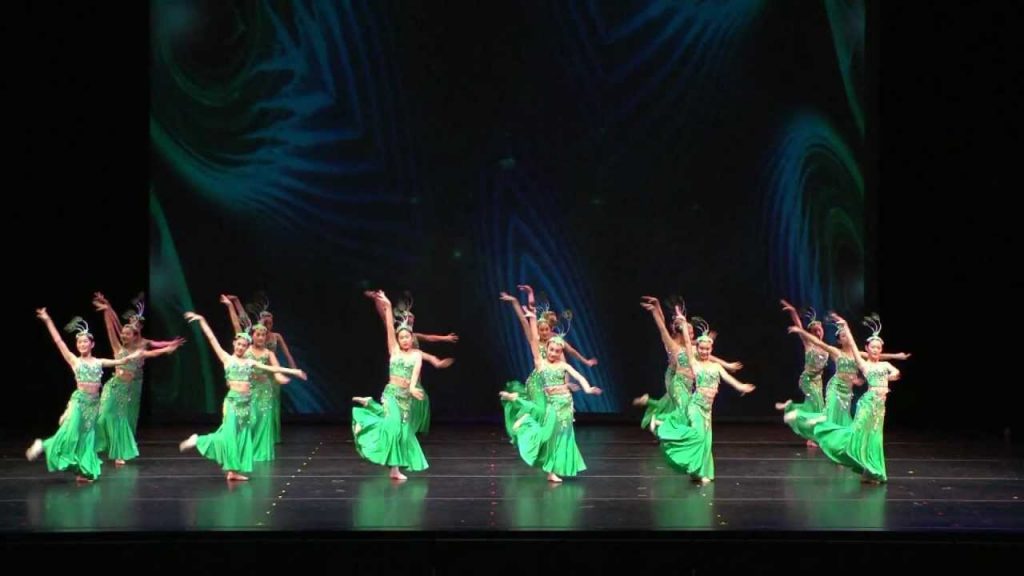 The knees must be especially flexible, which is a feature of Dai dance. However, dancers do not move the knees mechanically. Instead, the movements follow the performers' hearts and are in accordance with their sentiments.
The knees must be especially flexible, which is a feature of Dai dance. However, dancers do not move the knees mechanically. Instead, the movements follow the performers' hearts and are in accordance with their sentiments.
Peacock dance has a repertoire of postures and steps involving arms, wrists, fingers and legs – soft movements that merge into an elegant dance style.
| |
The hand gesture is one of the most important parts of imitating the bird. The dancer usually tucks in thumb, bends index finger, and spreads the rest into a fan shape to make the peacock's head. Their legs move swiftly. Sometimes the dancers tiptoe and sometimes they undulate, showing the agility and docility of the bird.
Percussion instruments such as the elephant-foot drum and gong accompany the dance. As with the peacock, the elephant is regarded as an auspicious animal by Dai people; the beast is sacred, diligent and brave. So, they make drums of various sizes out of mango or ceiba trunks and cover them with cowhide. The drums look exactly the same as an elephant leg.
So, they make drums of various sizes out of mango or ceiba trunks and cover them with cowhide. The drums look exactly the same as an elephant leg.
Each gender has its own tempo. For instance, the drumbeat for a peahen is usually slow and light whereas it is rather quick for a peachick. Hence, the drumbeat is not just accompaniment, but helps tell the story, indicate the sentiments and, at the same time, express the performers' feelings.
The Peacock dance is performed by one dancer or a group of two or three. Traditionally, only men were allowed to perform. Dancers wore costumes that included golden headwear, a big mask and heavy wings. But these costumes restrained the performers' movements. In modern times females are allowed to dance, so heavy stage costumes have been replaced by gorgeous dresses decorated with peacock feathers. Female dancers showing peacock beauty to greater advantage are well received by the public.
In Yunnan, a Peacock dance is performed on almost all festive occasions, especially during Water-splashing Festival and Buddhist rituals.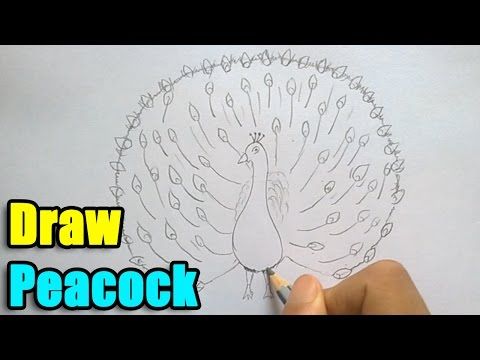 Water-splashing Festival is the New Year of the Dai ethnic group and is held on the 24th to 26th of the six month in Dai calendar (April in the Gregorian calendar). It is the most important Dai festival. People express their best wishes to each other by splashing water, which gets rid of evil spirits and bad luck. They hold a dragon boat race and set fireworks off to petition for a good harvest in the coming year. During the Water-splashing Festival, young people perform the Peacock dance joyfully. Young men and women throw embroidered purses they have hand-crafted themselves to their chosen beloved.
Water-splashing Festival is the New Year of the Dai ethnic group and is held on the 24th to 26th of the six month in Dai calendar (April in the Gregorian calendar). It is the most important Dai festival. People express their best wishes to each other by splashing water, which gets rid of evil spirits and bad luck. They hold a dragon boat race and set fireworks off to petition for a good harvest in the coming year. During the Water-splashing Festival, young people perform the Peacock dance joyfully. Young men and women throw embroidered purses they have hand-crafted themselves to their chosen beloved.
In 2006, the Peacock dance was listed as a national intangible cultural heritage. Renowned dancers such as Dao Meilan, Yang Liping and Yue Xiang have brought the dance to the global stage. Born and raised in Yunnan, these outstanding dancers are inspired by their beautiful landscape and abiding affection for nature and life.
Source: chinatoday.com.cn
Editor: Shi Liwei
"In Vrndavana Krishna dances for Radha"
Why do peacocks dance
(A wonderful surprise awaits those who read to the end)
The rainy season in Vrinda is now.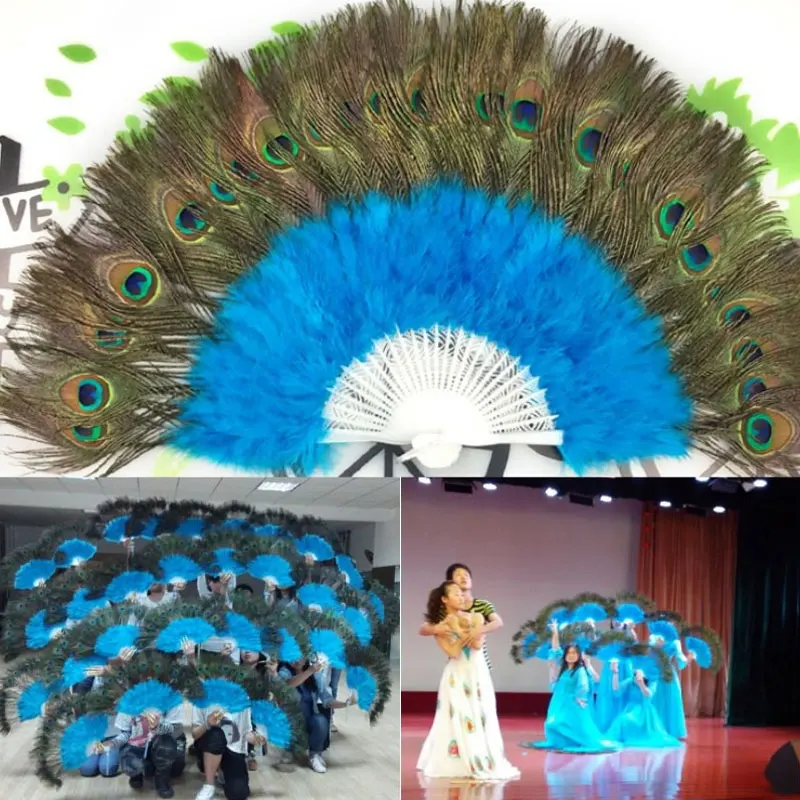 Clouds and clouds float across the sky, sometimes thunder is heard. It's evening. In all its glory, the queen of the stars, the Moon, appears in the sky.
Clouds and clouds float across the sky, sometimes thunder is heard. It's evening. In all its glory, the queen of the stars, the Moon, appears in the sky.
In the forest of Vrndavana, girlfriends are waiting for their beloved, admiring the dancing of birds. Peacocks are dancing. These wonderful birds are one of the most beautiful in nature - a symbol of beauty and immortality, shining glory and majesty.
It is said in the scriptures that when the demigods assumed the forms of various birds, Indra chose the most beautiful of them, the form of a peacock. Since then, whenever Indra sends rain on the earth, all the peacocks begin to dance for joy. Their dance during the rain reflects the symbol of the spiral.
Once upon a time in Vrindavan
This is a wonderful sight. The peacocks are dancing like crazy. And the inhabitants of the forest, watching them, freeze in amazement, not even noticing the appearance of their beloved. The peacocks, seeing Radha and Krishna together, think that a thundercloud with lightning has descended to the earth, experience great happiness and begin to dance, spreading their tails. Radha cannot take her eyes off them and invites Krishna to dance like peacocks.
Radha cannot take her eyes off them and invites Krishna to dance like peacocks.
Krishna is like a rain cloud, He is Syama - dark blue, and His yellow dhoti (pitambara) is like flashes of lightning. Krishna loves peacocks. He, dancing like peacocks, assumes their form.
Amazing Krishna - natavara - the best of dancers, He dances better than peacocks, captivating everyone with His dance. Krishna is bliss. In Him perfect happiness is eternally manifested. He represents eternal love.
In Vrindavan, Krishna dances for Radha,
even the gods look down from heaven without breathing.
Radharani, unable to contain her delight, turns into a peacock and starts dancing.
They danced, forgetting themselves from happiness and love. This dance is perfection.
Delighted by the peacocks, in gratitude they gave Krishna their best feathers.
Peacock feathers have seven colors, like the colors of the rainbow. On a cloudy day, the rainbow is especially beautiful. Therefore, the rainbow on the peacock feather is the decoration (mukuta) on Krishna's turban.
On a cloudy day, the rainbow is especially beautiful. Therefore, the rainbow on the peacock feather is the decoration (mukuta) on Krishna's turban.
The Lord accepts the pen, adorns His head with it, and never partes with it.
He accepts the love of the peacocks and puts it on top of His body, on His head, as if to say that He submits to the love of His devotees.
barhapidam nata-vara-vapuh …
“With a peacock feather adorning His head, Lord Krishna, whose body is transcendental, manifested Himself as the greatest of dancers... (Srimad Bhagavatam 10.21.5)
Inspiring lila of Radha and Krishna
We bring to your attention the result of the cooperation of devotees who live in different countries and do not even know each other, but were inspired by this amazing story.
Poems
This story inspired a disciple of Indradyumna Swami, Vairagya Prabhu from St. Petersburg, to write a wonderful poem.
Music
Devotees Rasika Nam Prabhu and Mataji Nrsimha - the golden voices of the group "NITAY GAURANGA" from Izhevsk - set the words of the poem to music and sang a magnificent song.
Video
Mataji Ishvari Vrindadevi (Zaporozhye) and Ishta Rupa Gopika (Mariupol) created a wonderful clip.
We bring all the fruits of cooperation to the lotus feet of the founding acharya A.Ch. Bhaktivedanta Swami Srila Prabhupada.
“During the rainy season, when the first clouds appear in the sky, the peacocks start dancing for joy when they see them. Peacocks can be compared to people experiencing difficulties in material life. If they meet on their way a person who serves the Lord with love and devotion, and begin to associate with him, their life will be illuminated by the light of knowledge, and they will dance like peacocks. We have seen it with our own eyes: many of our disciples, before joining the Society for Krishna Consciousness, were gloomy and withdrawn, but now, after meeting with devotees, they dance like jubilant peacocks.
We have seen it with our own eyes: many of our disciples, before joining the Society for Krishna Consciousness, were gloomy and withdrawn, but now, after meeting with devotees, they dance like jubilant peacocks.
(“Krishna is the Source of Eternal Delight”, Ch. 20. “Description of Autumn”)
* * *
On a moonlit night in the forest on the hill near Varshana
A wondrous garden, captivating with fragrance, blooms.
Radharani, Vrishabhanu's beloved daughter,
As usual, she is waiting for sweet things with her girlfriends.
Once again, having run away from the house, Govinda came late,
And hurries to the cherished glade to meet.
Something strange - neither Radha nor the gopis are visible,
Only a gentle wind rustles in the leaves.
There is no laughter, no jokes, no sound of guilt is pouring out...
Suddenly He sees: in the very same meadow,
Peacocks are dancing beautifully in the moonlight,
Radha is standing nearby and does not take her eyes off them.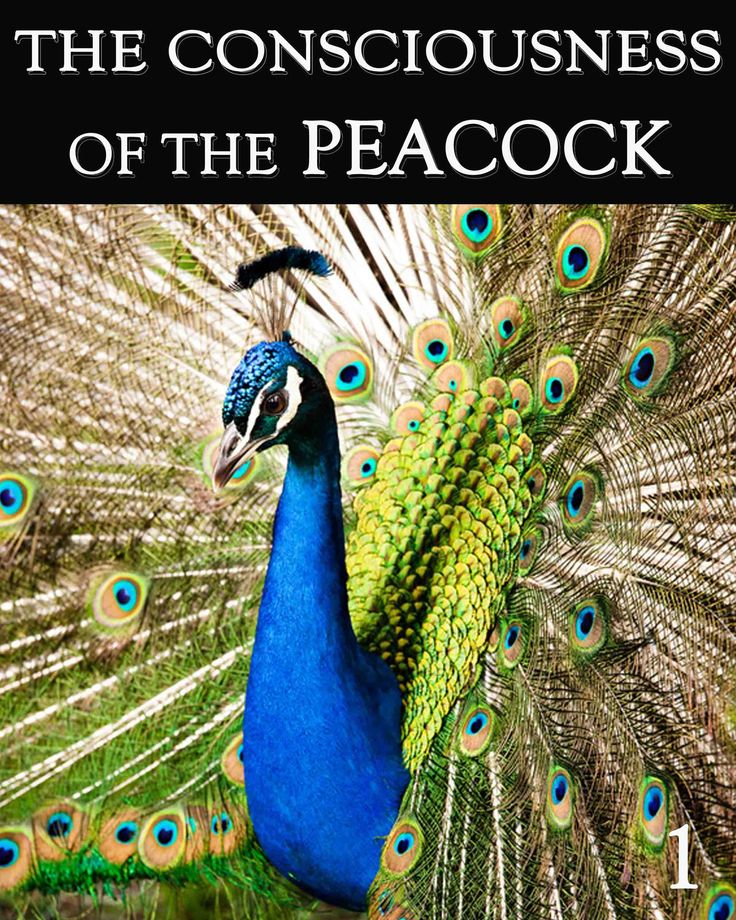
Spreading their tails, arching their necks, they circle,
And jumping up, they glide, hovering above the ground.
Lunar reflections flow in waves in feathers,
And gopis' eyes burn with admiration.
“He Radhe, I have come, and having traveled a long way,
I am with You. Where We go, choose!”
And in reply: “Look how the peacocks are dancing!
How beautiful! Stop, shut up, don't interfere!
Reproaches fall like stones on the heart,
And Kana, in order to hug Radha as soon as possible,
Says: “Well, just think, the birds are circling,
I can dance a thousand times more beautiful!”
He is Lord Nataraj, among the dancers He is the first,
From the gopis of the night he is ready to dance until the morning.
Only Radha replied: “Hey, don’t get on your nerves,
You are a famous braggart, prove it first!”
“Instruments ready? Everyone clap your hands!
I will dance now, show the highest class!”
And, turban on one side, flute in the belt, behind the ears
Having laid the flowers, Krishna began to dance.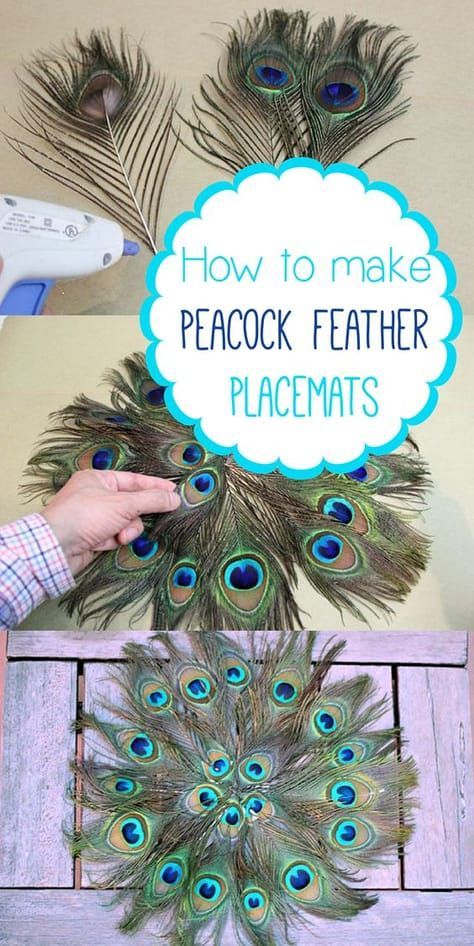
Radha looks on with a merry smile,
But to admit that Krishna won again?!!
"You dance well, but that's bad luck -
Still better - peacocks, look at them!"
He dances more diligently, tries hard - it is clear,
And looks at Radha: “I won! Agree?"
"Well, a little better, but worse than peacocks,
Better sit down and rest and learn from them!"
Everything is silent, no one dares to move
And his soul freezes from dancing —
In Vrindavan Krishna dances for Radha!
Even the gods look down from heaven without breathing.
Radha looks with might and main at such a picture,
Trembling runs through the body - there is no strength to hold on.
“You dance beautifully! But not like peacocks,
Can you do the same? Then I agree - I won!
How to be here? How to win the approval of your beloved?
Showing all skill in dancing deciding,
Gopinatha then assumed the form of a peacock,
Outshine everyone in the world with His wonderful dance.
Night absorbs millions of centuries.
Radharani, unable to restrain her delight,
Also in the form of a peacock, forgetting everything in the world,
Started dancing among the flowers together with Krishna.
In amazement, the peacocks opened their beaks;
The beauty of their tails has long been forgotten —
The dance of Radha-Govinda with eternally youthful beauty
Pouring bliss with intoxicating wine.
And wishing to celebrate the victory of Govinda,
The peacocks gave the hero a feather.
And Krishna is proud of that victory, apparently —
That peacock feather is in His hair.
So they dance to this day in Vraja,
Shyam and Radha And we, returning home,
Having cleansed our hearts, we will meet one day
And They, smiling, will take us with Them.
VAYRAGYA DAS
***
Blind saw Radhu and Krishna
This took place on one of the Warshane hills in Mor - Kutir on the Navami Day immediately after Radhasts.
Krishna assumed the form of a peacock and danced amazingly gracefully for the delight of Radharani. The beautiful dance of the peacock completely captivated Her, and She Herself turned into a peacock. Having danced, they began to throw laddu to the gopis who were sitting at Radha-sarovara.
And today there is a peacock temple (Mor kutir) over the lake of Srimati Radharani. On the altar of the temple there is a painting depicting this lila.
It is said that about 200 years ago it was painted by a blind devotee who had darshan from within his heart. Srimati Radharani gave him the ability to paint this scene. And while he was painting the picture, he could see how Radha and Krishna were dancing.
And today this amazing transcendental dance continues, which we can see by visiting Mor-kutir.
Picture of a blind artist, exhibited on the altar of the Mor-Coutir
Roman Prabhu and Narasimhi d.
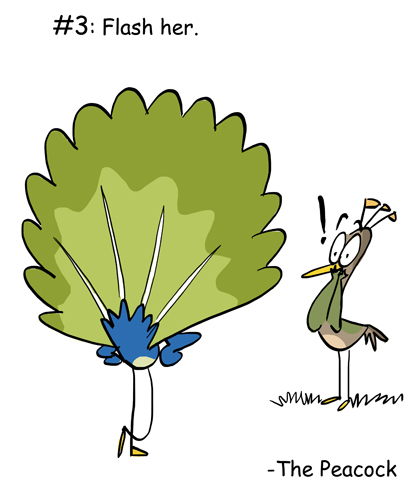 d.: Pavlinov dance Songs
d.: Pavlinov dance Songs Input / Registration
Pavinov Tut (performer: Roman prabhu and Narasimha dd)
On a moonlit night in the forest on the hill near Varshana A marvelous garden, captivating with aroma, blooms. Radharani, beloved daughter of Vrishabhanu, As usual, he is waiting for sweet things with his girlfriends. Again, having escaped from the house, Govinda was late, And he hurries to the cherished glade to meet. Something strange - neither Radha nor the gopis are visible, Only a gentle wind rustles in the foliage. There is no laughter, no jokes, no sound of guilt flows... Suddenly He sees: in the same clearing just Peacocks dance beautifully in the moonlight Radha stands nearby and does not take her eyes off them. Spreading their tails, arching their necks, spinning, And, jumping up, they glide, hovering above the ground. Lunar glare flows in feathers in waves, And the eyes of the gopis burn with admiration. “He Radhe, I have come, and having come a long way, I'm with you.Where We go, choose!” And in response: “Look how the peacocks dance! How beautiful! Stop, shut up, don't interfere! Like stones on the heart of reproaches fall, And Kana to hug Radha as soon as possible, He says: "Well, just think, the birds are circling, I can dance a thousand times more beautiful!” He is Lord Nataraj, among the dancers He is the first, From the gopis of the night he is ready to dance until the morning. Only Radha in response: "Hey, don't get on your nerves, You are a famous braggart, prove it first! “Tools ready? Everyone clap your hands! I will dance now, I will show the highest class! And, a turban on one side, a flute in the belt, behind the ears After laying flowers, Krishna began to dance. Radha looks, not hiding a cheerful smile, But to admit that Krishna won again?! "You dance well, but that's bad luck - Still better - peacocks, look at them! He dances harder, tries - you can see, And he looks at Radha: “I won! Agree?" “Well, a little better, but worse than peacocks, Better sit down and rest and learn from them!” Everything is silent, no one dares to move And from His dance the soul freezes - In Vrindavan, Krishna dances for Radha! Even the gods look down from heaven without breathing.
Radha looks with might and main at such a picture, Trembling runs through the body - there is no strength to hold on. "You dance beautifully! But not like peacocks Can you also? Then I agree - I won! How to be here? How to win the approval of your beloved? Show all the skill of dancing by deciding Gopinatha then assumed the form of a peacock, He eclipsed everyone in the world with His wonderful dance. Night absorbs millions of centuries. Radharani, unable to contain her ecstasy, Also in the form of a peacock, forgetting everything in the world, Among the flowers, together with Krishna, she began to dance. In amazement, the peacocks opened their beaks; The beauty of their tails has long been forgotten - Dance of Radha-Govinda with eternally youthful beauty Spills bliss with intoxicating wine. And wishing to celebrate the victory of Govinda, The peacocks gave the hero a feather. And Krishna is proud of that victory, apparently - That peacock feather is in His hair. Thus they dance to this day in Vraja, Shyam and Radha And we, returning home, Having cleansed our hearts, we will meet them one day And they, smiling, will take us with them.
